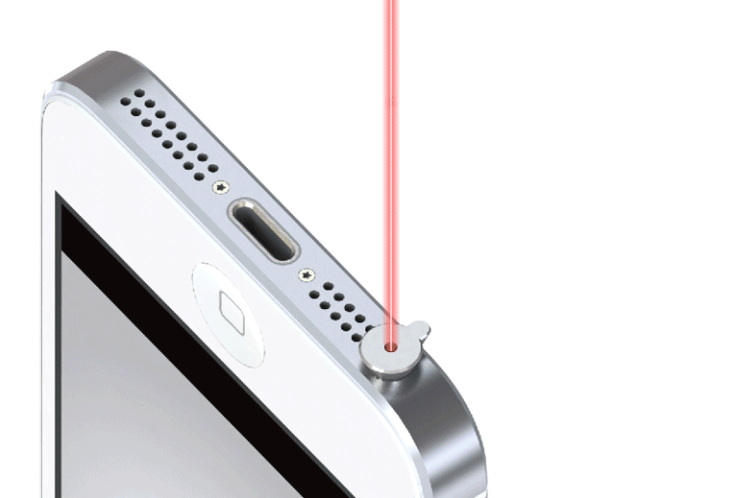Apple Patents Laser-Mapping System For The iPhone

Apple Inc. is fond of patenting futuristic new features for its iPhone, plenty of which it never implements into consumer models. Last week, it was awarded a patent for a built-in laser that would allow the iPhone to map indoor areas.
The iPhone-mounted laser could record the shapes and distances inside of a room. Apple applied for the patent in the second half of last year and it was approved on Dec. 4. Apple rival Google Inc. announced a tablet in February that uses multiple cameras to attain a similar goal of mapping indoor areas. The device, called Project Tango, was then used to help NASA’s SPHERES robots navigate the International Space Station.
Apple's patent reveals a number of technical applications about how the iPhone’s laser would work, but not precisely how Apple might implement the technology in new features. By using the information recorded by the laser with the iPhone’s built-in motion sensors, indoor mapping is one possibility.
Apple could also use the technology in future iPads, MacBooks and its forthcoming Watch, according to Patently Apple, which first reported on the patent’s approval. The website said that while Apple was careful not to disclose the three-dimensional properties of a laser scanning system, the laser would allow future iPhones to create 3D maps of buildings.
Those maps could then be used for a number of applications, including helping mall patrons find a store they’re looking for, or helping a virtual reality software company recreate historic buildings. The Daily Mail said that Apple’s iPhone laser could also be used as a scanner for 3D printers, which would create models that could be used to replicate objects.
However, Apple is not the first company to put a laser into the iPhone. One accessory maker sells a laser pointer for the iPhone that fits into the smartphone's headphone jack.
© Copyright IBTimes 2025. All rights reserved.



















